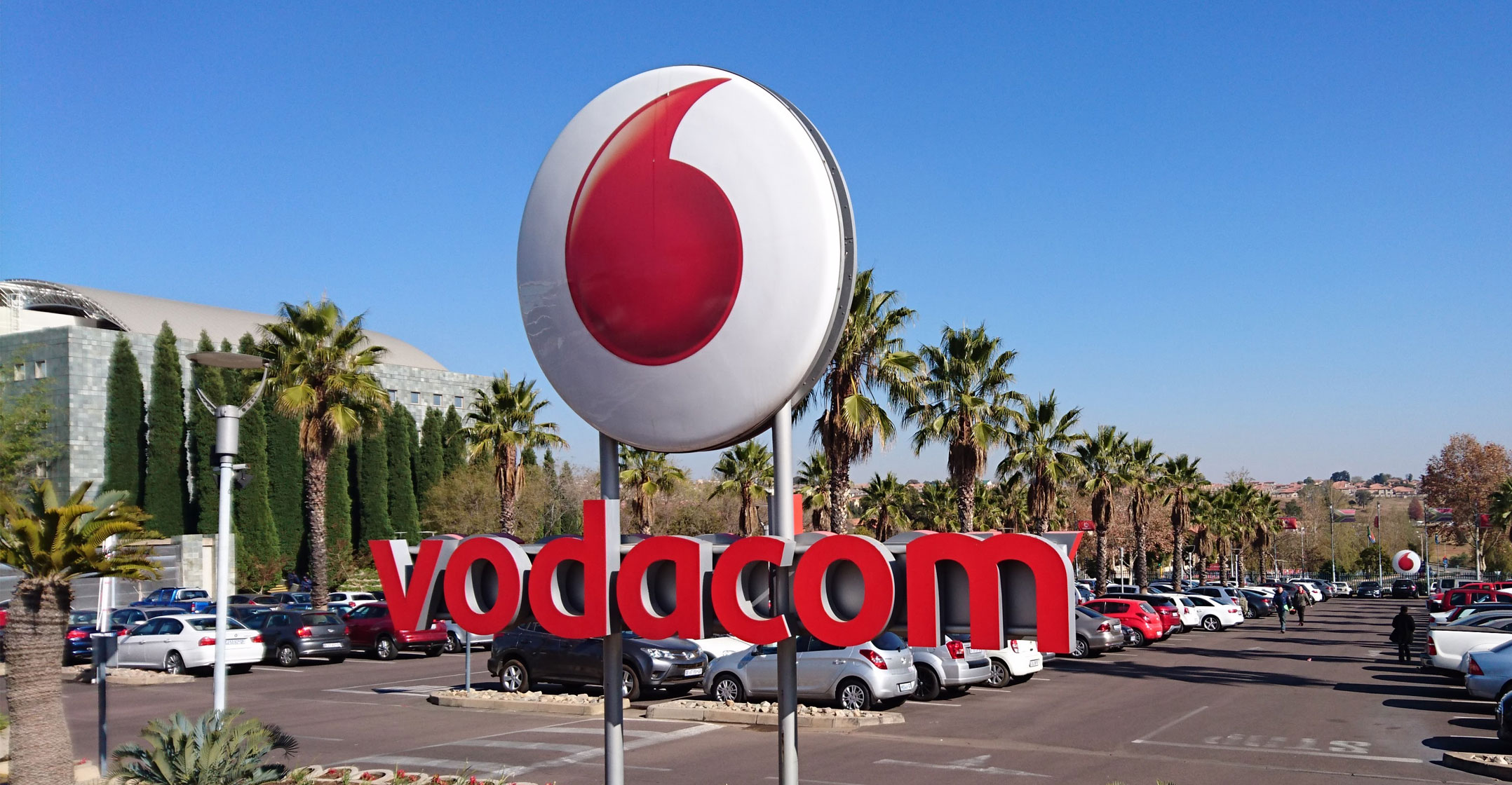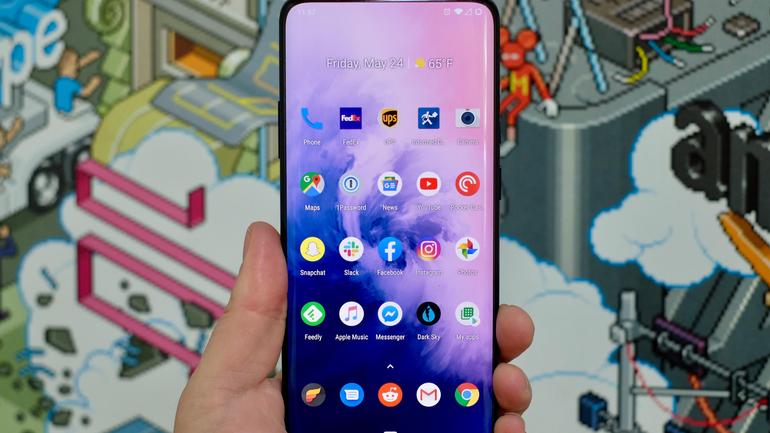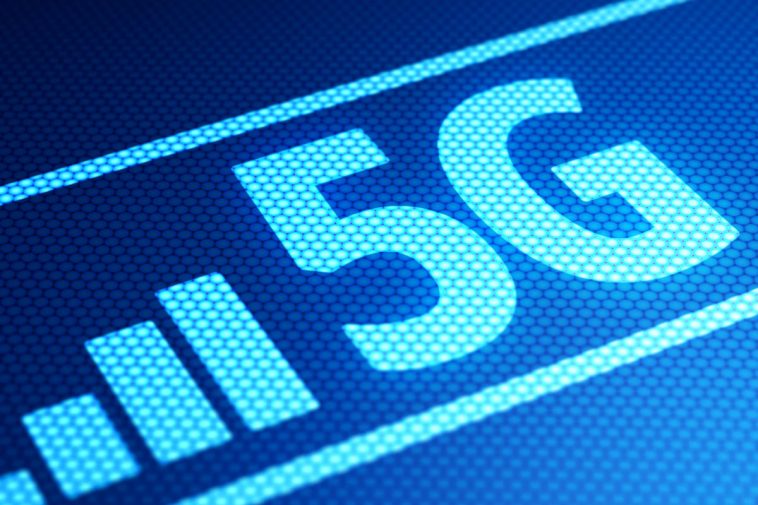TechInAfrica – Over the past couple of periods, the idea of 5G networking promises to carry out a lot of things. Aside from lightning-fast download and upload capabilities, 5G are expected to be implemented in the manifestation of Internet of Things (IoT)—where everything around you ranging from printers, air conditioners, to even your garden sprinklers would be seamlessly connected to the web via wireless networking. Yet the potentials are endless, even so that it is rumored to be signified for future self-driving cars, biomedical engineering, and next-gen entertainment systems.
5G networks offer download speeds as fast as 10Gb/s along with significantly lower latency and greater capacity. This, in return, could be potentially beneficial to individual users and businesses—specifically those which involves primarily around web tessellations. If introduced along with the versatility concept of Internet of Things, 5G also allows men and machines to connect remotely with maximal flexibility, therefore composing a good impact towards overall productivity. There are hundreds of thousands things in which 5G can define us new ways of connecting with each other embodied in transportation, education, healthcare, and product manufacturing.
On July 6th, Vodacom—a South African mobile communications company—showcased Africa’s take on the newest technology during this year’s Vodacom Durban July. Demonstrating a data session with the use of 5G, Vodacom used the smartphone LG V50 ThinQ 5G, as well as Nokia’s AirScale radio access as its apparent carrier. Such radio network promotes infinite capacity and the capability of supporting the latest 5G New Radio system. Additionally, the utmost versatility of AirScale signifies cutting-edge technology in overall performance acceleration.

Sounds too good to be true? Fear not, for despite 5G seems as tempting as getting back with your ex, it also possesses some potential drawbacks.
First, the cost that mobile carriers would charge users in implementing such technology. Accompanied by 5G as the next big thing in the scene of wireless networking, internet service providers are more than likely to charge users more for 5G mobile plans. One feasible reason for this significant pricing is the nature of 5G which typically uses more bandwidth than other types of networks. More bandwidth means that it’d need more infrastructures—software and hardware—to cover areas. Even if the referred areas are in the same size of those covered by 3G and 4G networks. Engineers are also expected to run a stricter maintenance on managing its equipment and stability, in which they would also expect higher pay. On top of that, as much as network providers desired to improve the quality of wireless internet in the region, they are essentially businesses where financial profits are regarded as the most substantial element.
Moreover, 5G networking, albeit already experiencing countless improvements with researches across the world, it’s still in a state where further developments are necessary to avoid instability, as well as security and privacy vulnerabilities. Further advancements are also crucial in building the concept within because most devices now are still impracticable in exhibiting 5G to its full extent. Devices referred don’t necessarily mean mobile phones or laptops, but also cell towers, network cables, satellites and its receivers, along with in-depth insight for its developers which would serve as supportive cornerstones of the trend. To unlock its potentials, these old ‘devices’ would have to be replaced with new ones—again, it’s a staggering matter of costly substitution in this context.

Taking a look at fiber optics (you can read our full story here), which were initially announced approximately 6 years ago, still haven’t found its way inside the poorer regions of developing countries within Africa—also in other continents. Outrageously, even a number of the poorest areas in the world are still disconnected from the internet. Though some individuals have had the luxury of enjoying the benefits of such network mechanisms, it had cost them a lot more than their usual breakfast bagel—and that’s not a good thing, in case you were wondering.
My personal take on this: 5G, despite its limitless capabilities and potential uses for the future of mankind, still desperately seeks for extensive research and development in order to carry out its true purpose of design. Aside from that, tech and network enterprises should also direct their attention to the dire need for internet in undeveloped, remote territories of the world.
Source: 5g.co.uk and cnet.com
 We just launched our WhatsApp channel. Want to get the latest news from the Tech in Africa?
We just launched our WhatsApp channel. Want to get the latest news from the Tech in Africa?


